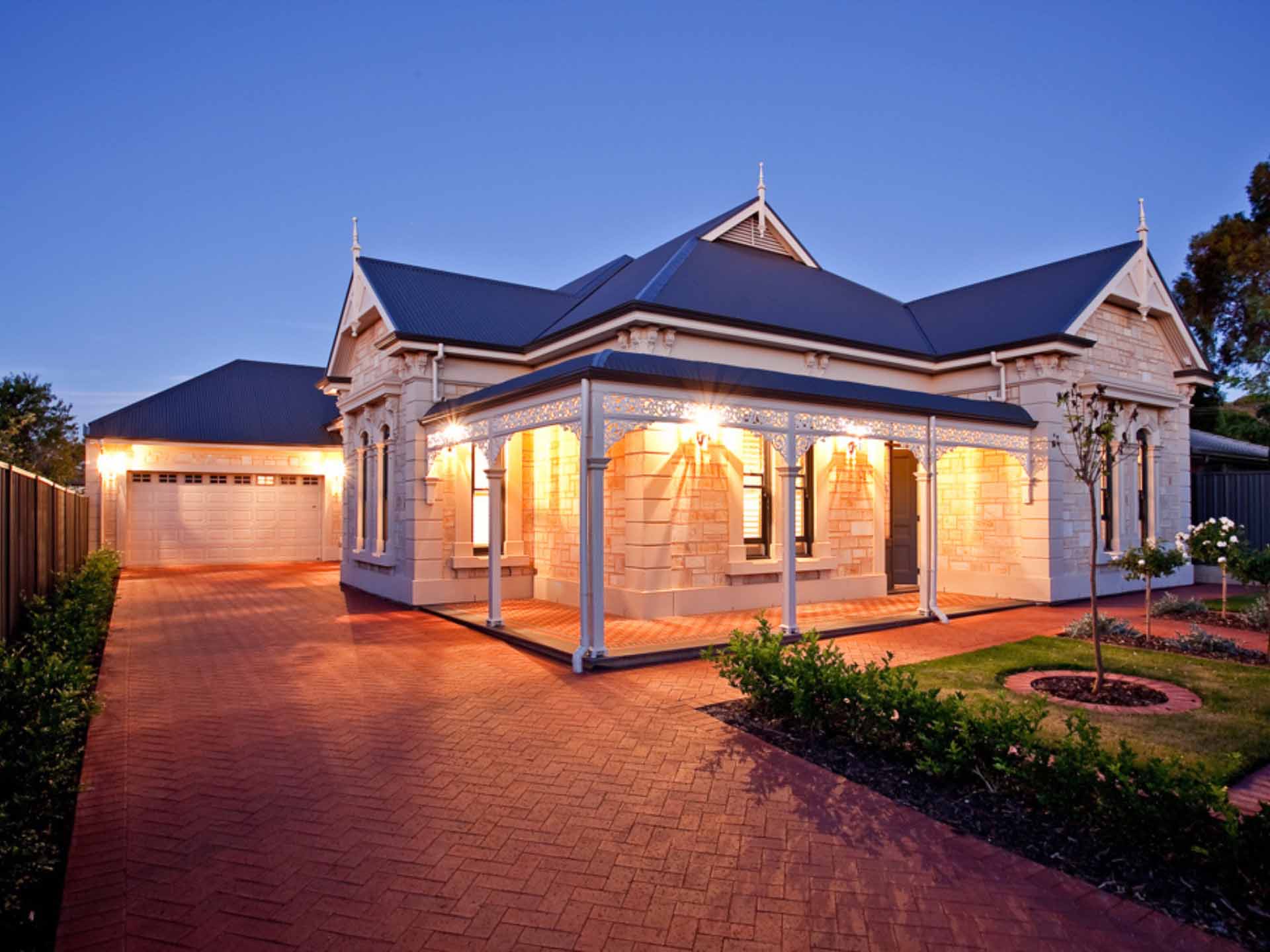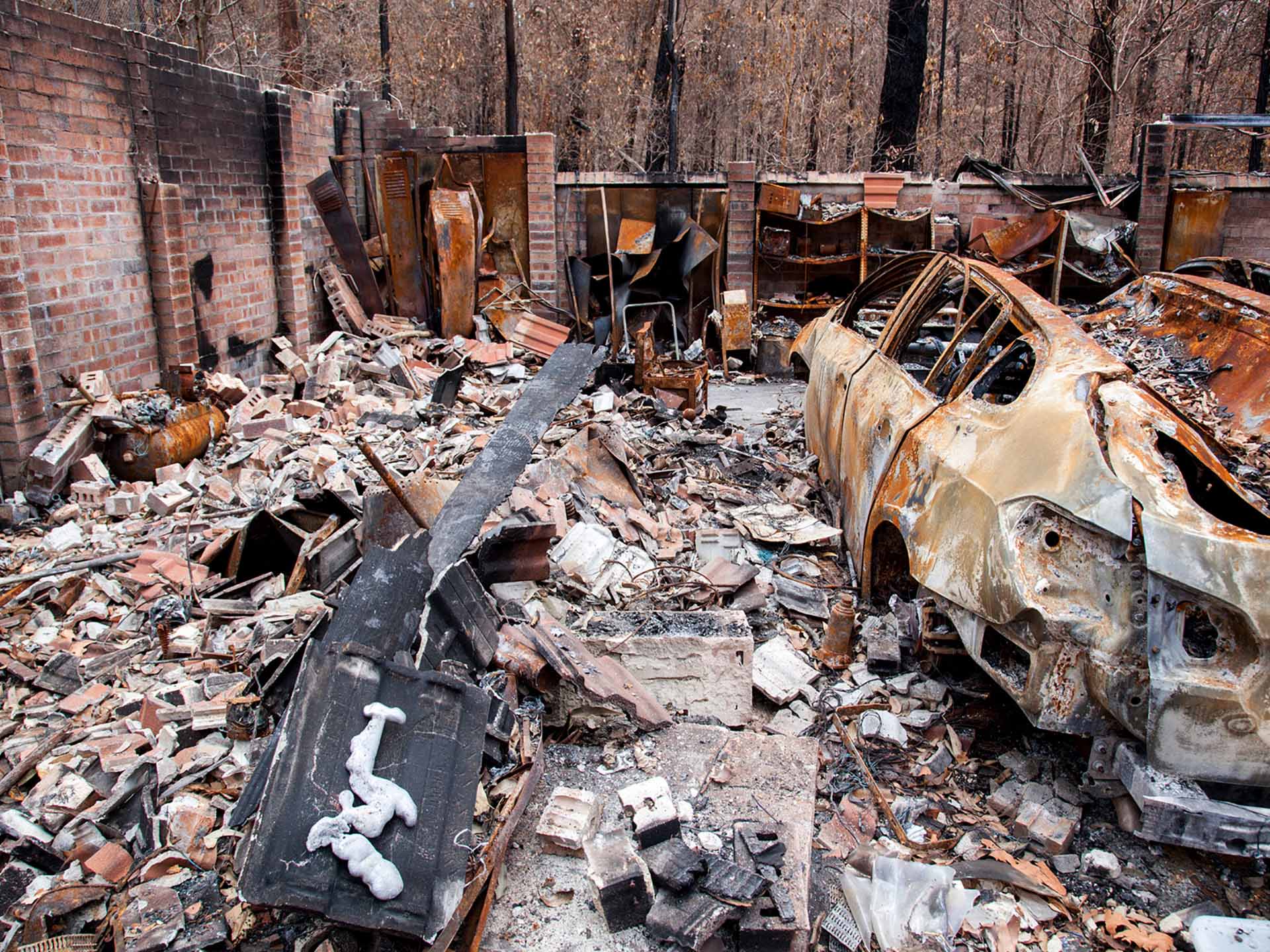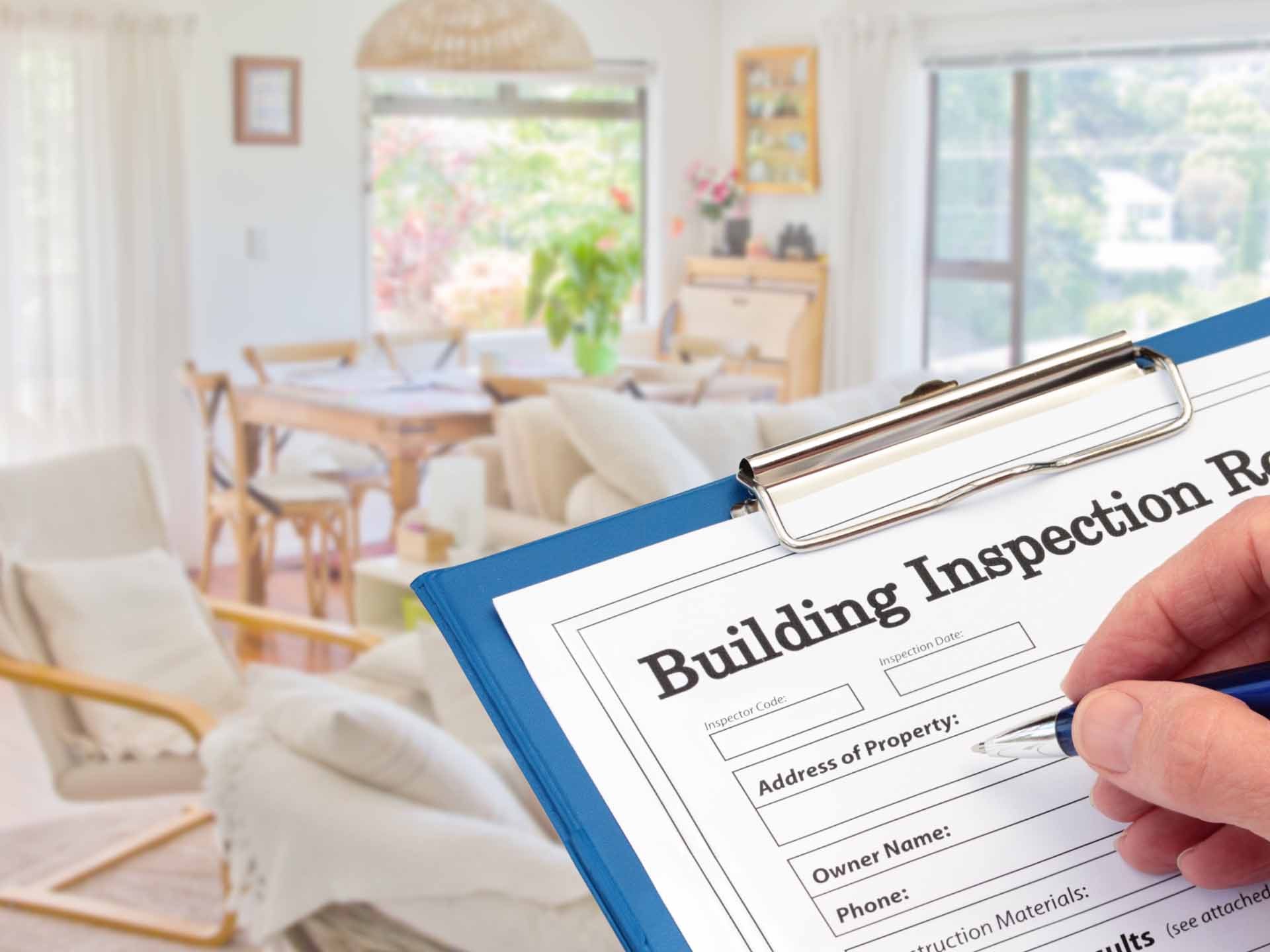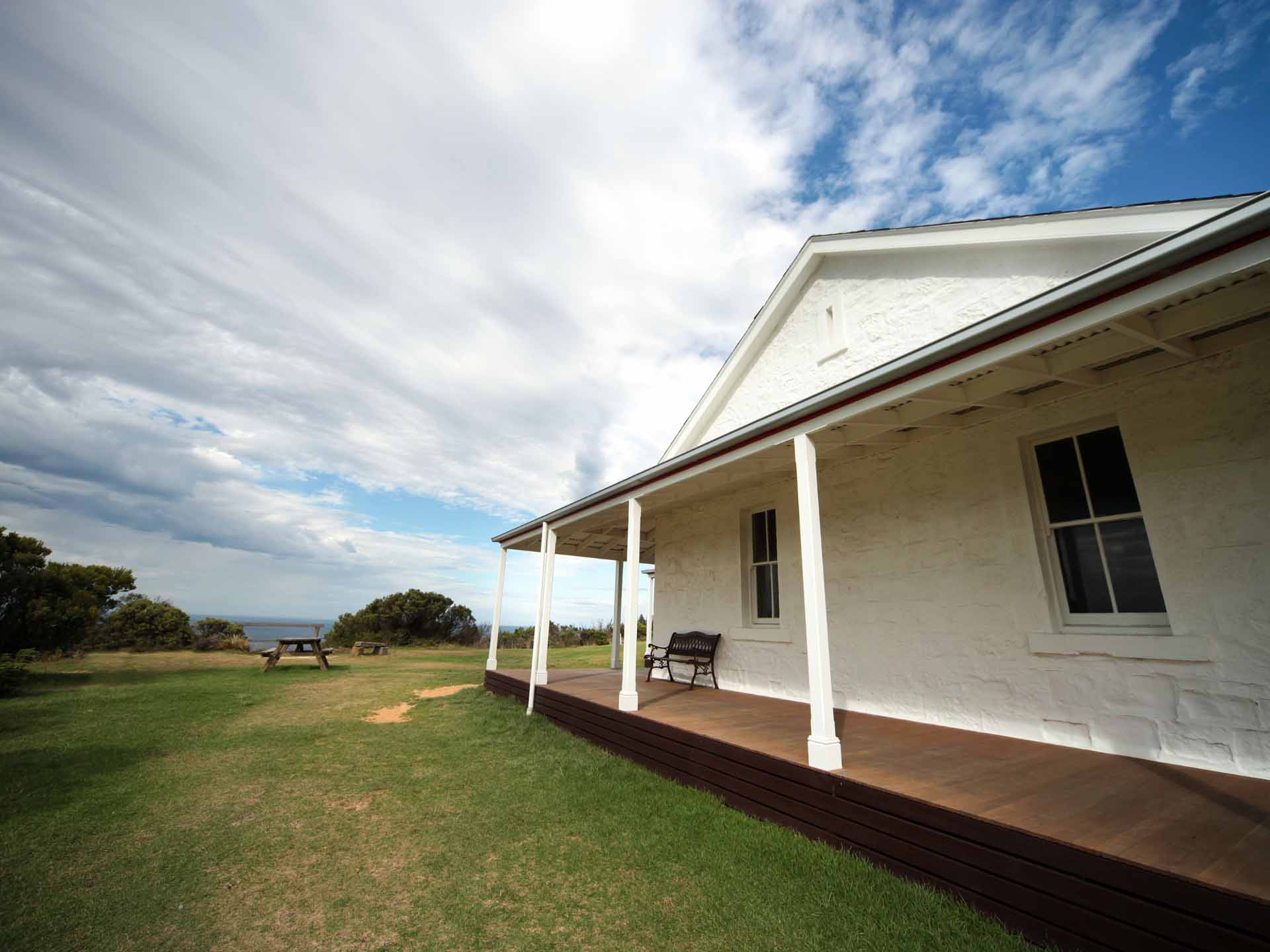Purchasing a character home

Everyone loves a character home, packed with the charms and memories of yesteryear - and South Australia has some beautiful examples nestled across the city, suburbs and further afield. Grand old archways, polished timber floors, ornate cornices with ceilings that seem to reach for the sky all add to the attraction, but it’s important not to give your heart away too quickly because there’s plenty to consider before signing on the dotted line.
Here are some top tips to consider:.
- Make it, don’t fake it. Keep a look out for things that detract from the original integrity of the home, such as replacement of timber framed windows with aluminium ones, or pressed metal tile-look sheeting over the corrugated iron roof. Other less than original features often include excessive removal of fireplaces, lowered ceilings, changed architraves and skirtings, and removal of veranda pillars and walls.
- Dodgy Do It Yourself. Dodgy renovation practices can include painting the floor and wall tiles in wet areas, tiling over tiling for a quick facelift, installing showers and wet areas next to timber framed windows, or enclosing a veranda.
- Cutting corners. Some character homes can be found labouring under years of shoddy workmanship, and it is not uncommon to find vent pipes being cut off, or internal electrical meter boxes not moved outside during a wiring upgrade. It’s also common to find trendy downlights installed far too close to roofing timbers and random bits of asbestos materials left discarded in the roof cavity.
- The devil is in the detail. If a sales brochure claims that the wiring in a character home has been re-done, then don’t just take that on face value. Ask how much of the original wiring has been replaced and determine if it is all or just some of it – and ask for a certificate of compliance that confirms it.
- Pipe dreams, not nightmares. The same goes for plumbing too. Original plumbing would be well-past its use-by date, so make enquiries as to how much replacement plumbing has occurred, because it could save you financial heartache down the track. Ask if there are Certificates of Compliance for the work and check if they align with what has been claimed.
- Don’t fret the small stuff. Look out for fretted mortar in chimneys, stone work and brickwork. Fretting mortar is a sign that the mortar joints are breaking down, normally as a result of a damp problem, weathering or inappropriate mixes. The mortar will need to be removed and replaced, and may also involve addressing a salt damp problem as part of the repairs.
- Hitting rock bottom. There is something nostalgic about owning a home with a cellar, and it offers the perfect storage solution for those well-preserved bottles of red. However, a cellar can also bring with it a mixture of challenges for a home owner too. They can sometimes flood as a result of changes in local groundwater, bursts in service pipes or after periods of heavy rainfall. Damp in cellars is often very expensive to fix properly.
- Get straight to the point. Run your eyes along the walls to see if they look straight or whether they appear to have a bow, which could be along their length or vertically. Sometimes there is bowing along a wall where tram lines have been used to prop it up.
- Trees a crowd. Roots from large trees nearby can potentially create a number of underground problems such as damage to paths and footings. In addition to also blocking stormwater and sewer drains, they can also cause serious structural movement in a building by drying of reactive clay soils, especially if the original footings are of stone.
- Back to the future. When it comes to a character home, tackling any deterioration of external surfaces can also be very expensive. Repairing stonework or having to replace glass in timber framed windows is normally a costly exercise – especially if you commit to staying true to the original character of the home and opt for a like-for-like approach to materials.
Don’t forget that one of the best investments you may make when buying a home is to engage an experienced building inspector, who can look for problems lurking below the surface so that you go into buying that character dream home with your eyes wide open, and knowing what maintenance or repairs will need to be done immediately as well as in the near-future.


.png)






